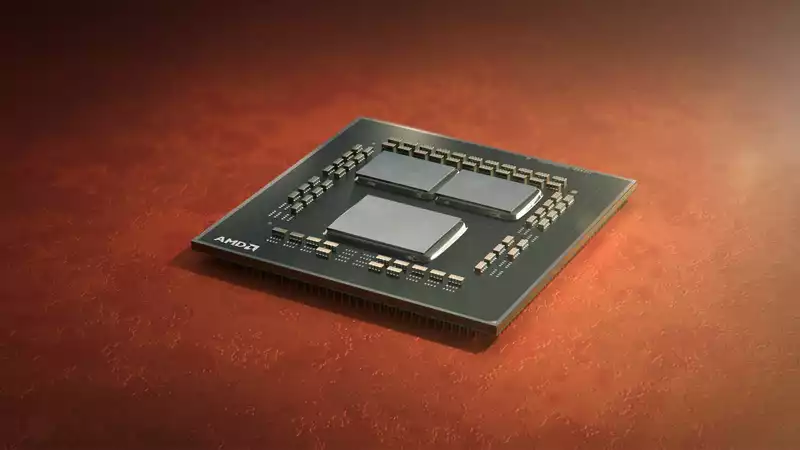From the first time we saw the leaked specs of the AMD Ryzen 5000 series processors, we all thought that AMD would break the 5GHz barrier right out of the box with this generation. Now we know that even the Ryzen 9 5950X isn't going to do that, but we also know that these chips are capable of such high clock speeds. So what do we think?
"First, we always want to keep our promises," AMD's Joe Macri explained at the engineering roundtable. It's important to build trust with all our users around the world, and there are a few things we need to do to ensure that our cores deliver high frequencies." [One is what we call the voltage-frequency curve, which is basically associated with each core in the device. The process technology is not constant; there is variation. Some cores are better than others."
Macri refers to the so-called "silicon lottery." This comes from the very lithography process by which these processors are built. There are hundreds of processor chips on every wafer, and each one is usually different from the last chip in some small way. This creates variation, and this variation is what separates CPUs that are good at overclocking from those that will collapse if not supplied with enough voltage.
As Macri explains, AMD wanted to ensure that any chip would actually achieve its rated clock speed under normal operation and normal operating conditions. Basically, since the Ryzen 9 5900X is rated at 4.8 GHz, every chip on the market should be able to achieve 4.8 GHz in use.
What is interesting in the Ryzen 9 5900X case is that with a little help from our tests and AMD's Precision Boost 2, the chip often gets just under 5 GHz without overclocking. But as Macri explains, it's not all about the silicon lottery.
"That's one factor. The other is the environment. We look at the local voltage and local temperature of the transistor. If you have a good cooling solution, if the room temperature or ambient temperature is right, you can get higher boosts. Power supply is another factor. Again, the power supply is not constant and there is inductance in the path through the package. Not all are equal. What you are seeing is that variability allows us to punch through what we are promising.
In other words, whether or not you can break the 5 GHz barrier with some lucky chip is really up to you, and depends on whether your PC build is up to scratch. It is also clear from Macri's statement that AMD does not want to resell the Ryzen 3000 as it did when it launched.
"But what we want to do," Macri continued, "is always deliver on our promises. But what we want to do is always deliver on our promises," Macri continues. But what we want to do is always deliver on our promises," Makris continues. It is dynamic, it reacts to the environment, it reacts to the actual transistors on that particular silicon"
.
So don't be surprised if your brand new Ryzen 5000 chip underperforms or outperforms its peers. In fact, for those who don't know, silicon lots used to be a much bigger issue for CPU performance, with some of Intel's top chips having so much extra headroom that a 1 GHz overclock would not cause any problems. But those days seem to be over, as both Intel and AMD are running both companies' processors to the last possible second in order to remain as competitive as possible.
AMD's Ryzen 5000 processors are on the market right now, and retailers are predicting that these will be on the move soon.


Comments